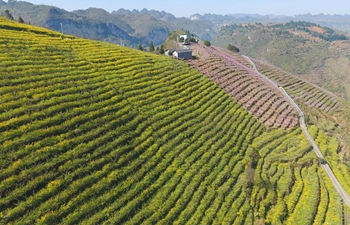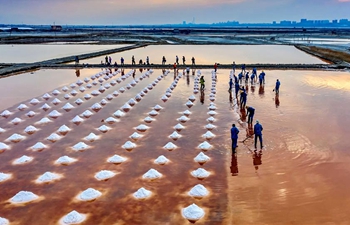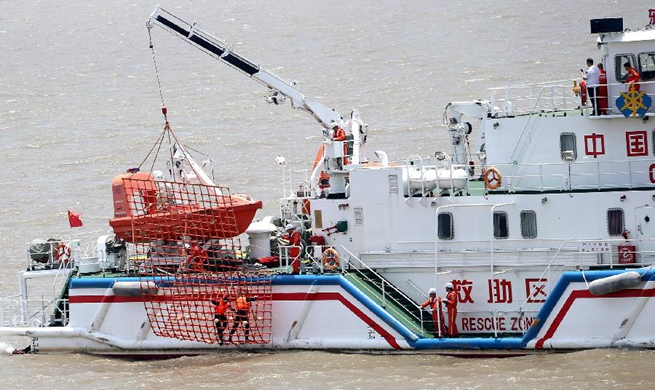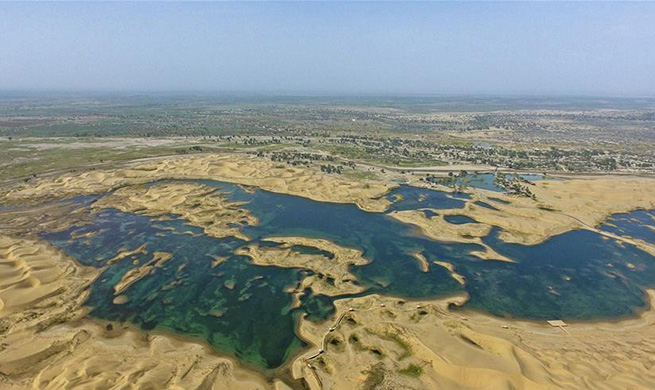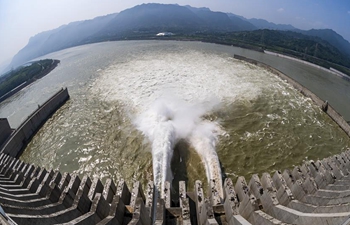LONDON, June 24 (Xinhua) -- A conservation project to help save a British icon, the Essex oyster, is to start this month to create a new sanctuary in the Thames Estuary, it was announced Monday.
Vital work on the Essex Native Oyster Restoration Initiative will see a coalition of conservationists creating the region's first Mother Oyster Sanctuary in the estuary that leads to London's River Thames.
Suffering a 95 percent decline in population over the last 200 years due to historic overfishing, the oysters' recovery has been hindered by habitat loss, pollution and the introduction of diseases, said the Zoological Society of London (ZSL) which is part of the new initiative.
Natural replenishment of the oyster native grounds is so limited that human intervention is their only hope, said ZSL.
Working in the only Marine Conservation Zone in England for native oysters, ZSL and a coalition of oystermen, local communities, NGOs, the University of Essex and the British Government, have begun creating the habitat required for the Mother Oyster Sanctuary, replenishing the estuary's lost oysters.
Alison Debney, ZSL's senior conservation program manager for UK and Europe, said: "It may not be glamorous work, but laying 'mother oysters' at the right time is vital to the success of the restoration program, and therefore vital for the survival of this native British species."
Since 2013 the conservation coalition, in an attempt to restore a nationally important breeding population that once supported hundreds of fishermen, has moved more than 25,000 native oysters to Essex estuaries.
It has also ensured fishing in the area is prohibited until the oyster stocks have sufficiently recovered and are able to withstand sustainable harvesting."
Recycled shells from oysters as well as cockleshells from the Thames cockle fleet have been used to "lay the cultch", a colloquial term used to describe the process of laying crushed shells and stones onto the estuary floor.
This step is needed, as oysters require a hard surface to grow on, which is not naturally found on the muddy estuary beds in Essex.
Said a spokeswoman for ZSL: "Oyster farming has been recorded in the area since Roman times, with the shellfish forming a staple part of many British diets throughout history. However populations of the oysters have suffered dramatic declines."


